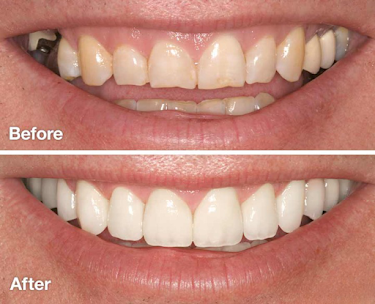What is Root Canal Treatment? A Comprehensive Guide
Root canal treatment, often referred to simply as a "root canal," is a dental procedure designed to treat infection at the center of a tooth. This procedure is crucial for saving teeth that would otherwise require extraction due to severe decay or damage to the pulp — the soft tissue inside the tooth.
Why is Root Canal Treatment Needed?
When the pulp of a tooth becomes infected or inflamed, it
can cause severe pain and sensitivity. Common reasons for this condition
include deep decay, repeated dental procedures on the tooth, or trauma to the
tooth. If left untreated, the infection can spread, leading to abscess
formation and potential loss of the tooth.
The Root Canal Procedure: Step-by-Step
1. Diagnosis and Examination: The dentist will first
examine the tooth and take X-rays to assess the extent of damage and determine
if a root canal is necessary.
2. Anesthesia:
Local anesthesia is administered to numb the area around the tooth,
ensuring the patient is comfortable throughout the procedure.
3. Access to the Pulp: A small access hole is drilled
into the tooth, usually from the top. This allows the dentist to access the
pulp chamber and root canals.
4. Cleaning and Shaping: Using small, specialized
instruments, the dentist removes the infected or damaged pulp tissue from the
pulp chamber and root canals. The canals are then cleaned, enlarged, and shaped
to prepare them for filling.
5. Filling the Canals: Once cleaned, the canals are
filled with a biocompatible material called gutta-percha. This material seals
the canals to prevent bacteria from re-entering and causing further infection.
6. Restoration: After filling the canals, a temporary
or permanent filling material is placed to seal the access hole in the tooth.
In some cases, a crown may be recommended to protect and strengthen the tooth,
especially if it is extensively damaged.
Post-Treatment Care
After a root canal procedure, it's normal to experience some
sensitivity or discomfort for a few days. This can usually be managed with
over-the-counter pain relievers. It's important to follow any specific
instructions given by your dentist for aftercare, such as avoiding hard or
chewy foods until the tooth is fully restored.
Benefits of Root Canal Treatment
Preservation of the Natural Tooth: Root canal
treatment allows you to keep your natural tooth rather than having it
extracted.
Pain Relief: By removing the infected pulp, root
canal treatment alleviates pain and discomfort caused by the infection.
Improved Oral Health: Treating the infection prevents
it from spreading to other teeth or causing more serious health problems.
Myth Busting: Debunking Common Misconceptions
Root Canals Are Painful: Modern techniques and
anesthesia ensure that root canal procedures are typically no more
uncomfortable than getting a filling.
Extracting the Tooth is Better: Saving your natural
tooth through root canal treatment is often the best option for long-term oral
health and function.
Conclusion
Root canal treatment is a valuable procedure that can save a
severely damaged or infected tooth, alleviating pain and preserving your
natural smile. If you are experiencing dental pain or suspect you may need a
root canal, do not hesitate to consult with your dentist. Early intervention
can prevent the need for more extensive treatments later.
By understanding the process and benefits of root canal
treatment, you can make informed decisions about your dental health and ensure
a healthy, pain-free smile for years to come.




Comments
Post a Comment